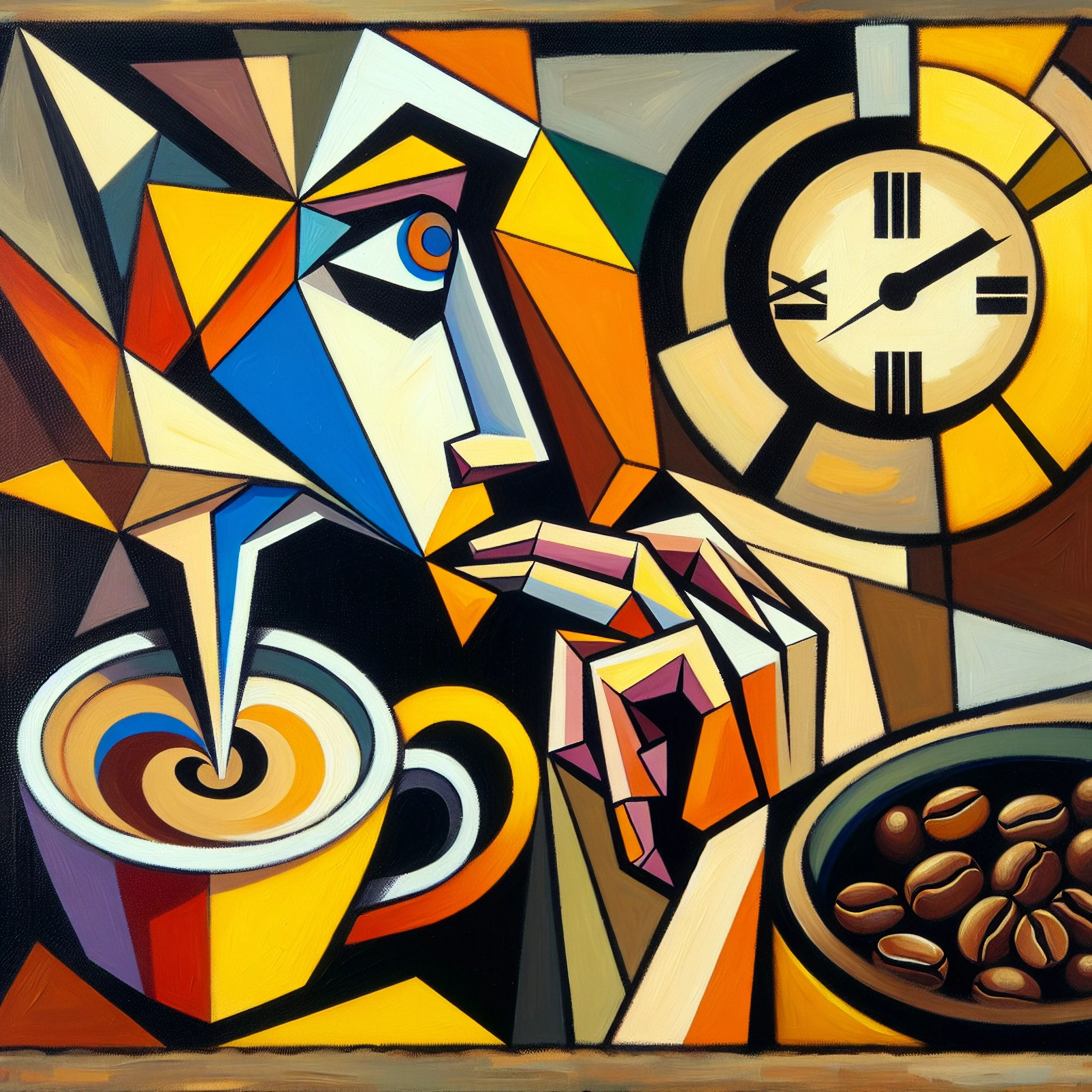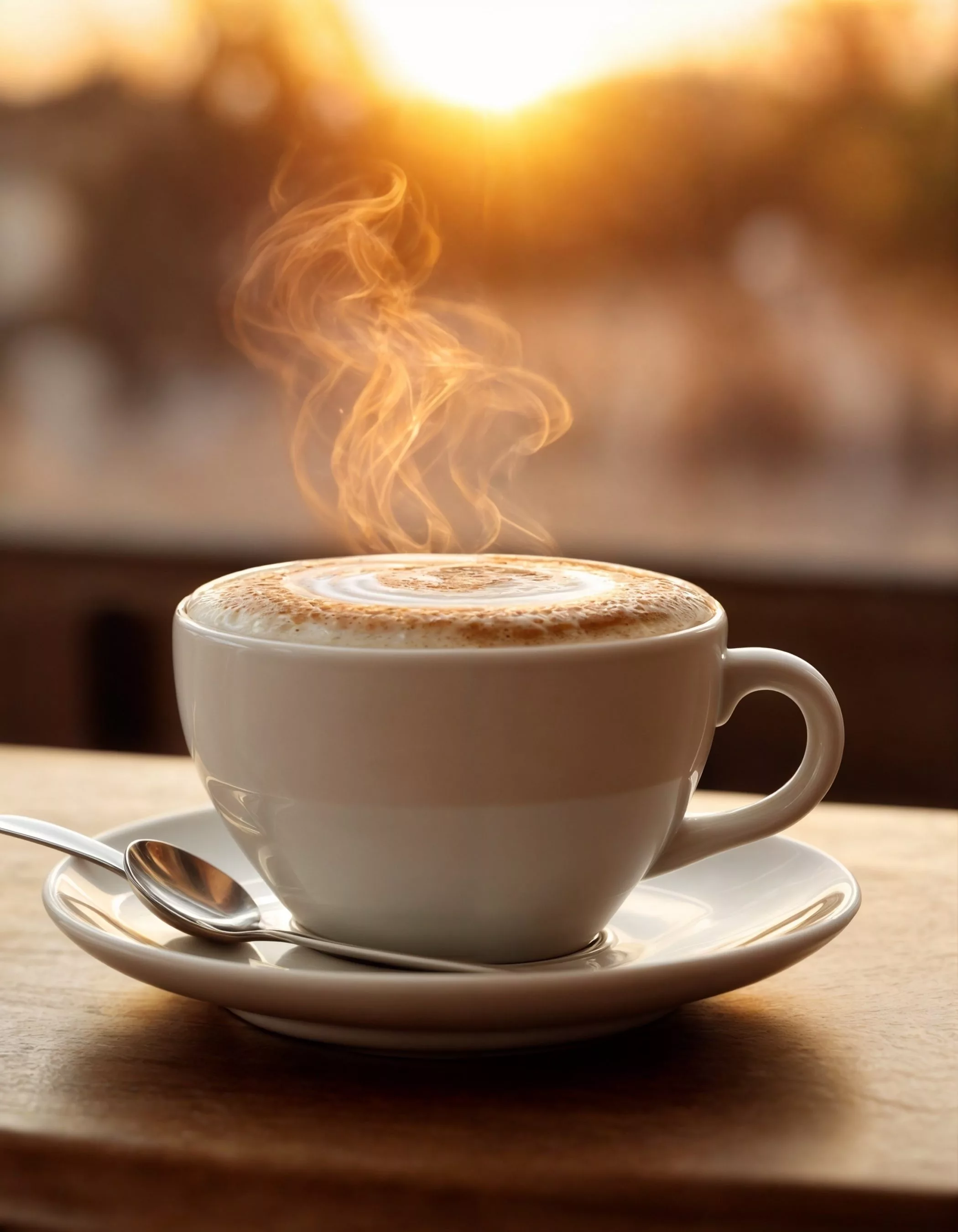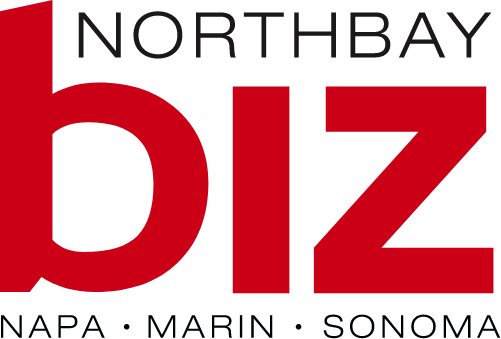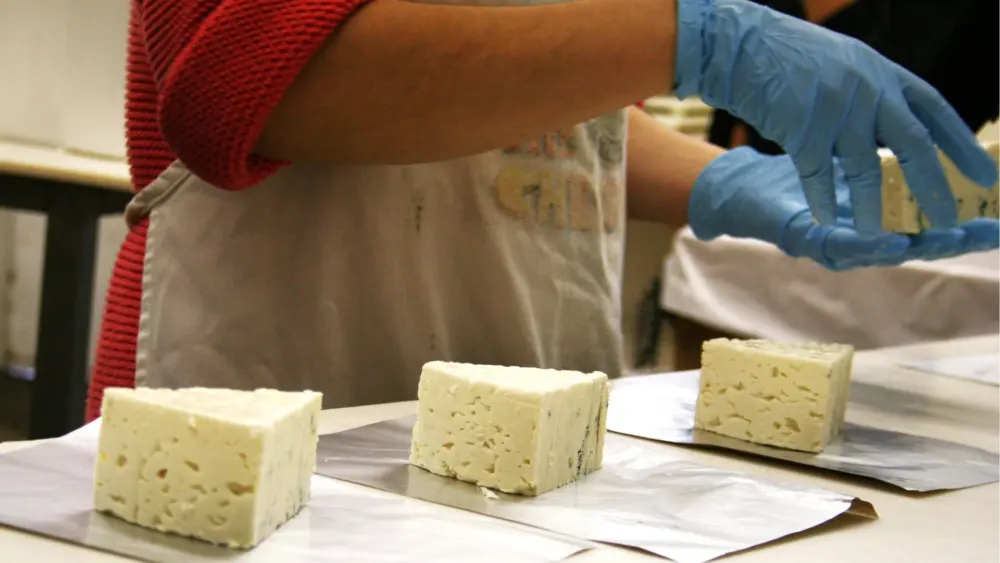
With the emergence of new caffeinated drink options, North Bay healthcare professionals and educators are changing how they estimate caffeine consumption and understand its effects on the mind and body. They suggest the key to staying under 400 milligrams (mg), the suggested daily limit for a healthy adult, is reading labels and keeping track of how much of each caffeinated item one finishes.
“One of the most common issues I see is people consuming caffeine without being aware of their personal threshold,” says Trina Palomarez, a Santa Rosa-based nutritionist. “Once you go over that limit, you see negative effects, including anxiety, sweating and insomnia.”
Adds Palomarez: “It’s easy to lose track if you consume high doses of caffeine in multiple products.”
Energy drinks are a concern because they contain high levels of caffeine, some as much as over 300 mg a can.
“Across the North Bay, there is a continuing interest in these drinks,” says Ben Anders, owner of Blue Dog Beverage, a Sacramento-based beverage distributor. “But now consumers are looking for energy drinks that contain less caffeine than before.”
Consumers should also be cautious because energy drinks can contain high levels of other substances that affect the body and central nervous system. These include sugar; niacin, a B3 vitamin that can cause flushing and itching; and taurine, an amino acid that may produce stimulant-like effects.

Santa Rosa Junior College’s (SRJC’s) Student Health Services team currently teaches students about caffeine through its Santa Rosa and Petaluma clinics. It also organizes peer outreach efforts on social media, in webinars and in person, like club tables.
“Caffeine overuse is considered a mental health issue. We mix it in with messages about stress reduction and reducing test anxiety. We also share information about how caffeine affects athletic performance, particularly when we talk to student athletes about chemicals that would impact their performance,” says Rebecca Norwick, director of Student Health Services for Santa Rosa Junior College.
Sales, distribution and new choices
Blue Dog Beverage sells over 700 beverages to different types of venues in the North Bay—from grocers and hardware stores to restaurants, bars and wineries. Their list of products includes waters, teas, sodas and energy drinks. Not many of the company’s offerings are caffeinated.
“Yet certain caffeinated sodas, including glass bottle Dr. Pepper and bottled Coca-Cola made in Mexico, sell extremely well. All kinds of teas, like Harney & Sons and Ito En, are pretty popular. Most ready-to-drink teas contain caffeine. In addition, a number of the caffeinated energy drinks, like yerba mate and Bawls, are selling steady,” says Anders.
The popularity of Guayakí Yerba Mate, which has offices in Sebastopol and Venice, California, is notable in particular. The success of this company shows that consumers are interested in cold beverages that contain more caffeine than the average cup of coffee.
A 15.5-ounce can of Guayakí Yerba Mate’s organic Enlighten Mint contains 150 mg of caffeine. In comparison, the average 8-ounce cup of brewed coffee contains 96 mg of caffeine, an 8-ounce cup of brewed black tea 47 mg of caffeine and an 8-ounce cola 22 mg of caffeine.
“Once you go over [your personal caffeine threshold], you see negative effects, including anxiety, sweating and insomnia.”—Trina Palomrex, a Santa Rosa-based nutritionist
In mid-January, Guayakí announced it was transitioning to a third-party distribution model to position it for a growth phase. Over the last three years, Guayakí added over 40,000 outlets, or locations where its products are offered.
Other recently popular caffeinated beverages that are seeing more sales locally include guarana-based energy drinks like Rockstar, caffeinated waters like Celsius, sparkling fruit juice blends like Starbucks Refreshers, which are made with green coffee extract and boba teas that have black tea or green tea as a base.
“We have handouts that we give students so they can learn the amount of caffeine in common drinks, from green tea to Red Bull. When individuals engage in irregular consumption, like sipping caffeinated water all day long or topping off a coffee for hours, they will have trouble estimating their intake,” says Norwick.
Making sense of the numbers
It is almost impossible to correlate sales of caffeinated foods with daily caffeine intake. This is because a person could purchase a shelf-stable item like pre-workout powder and consume it in different amounts each day: one scoop with water on Monday, three scoops with water on Thursday. They could also share items that are designed to be split, like squares of chocolate.
Data indicate that beverages are a better tool to measure caffeine consumption. Beverages contain the majority of caffeine the average person consumes. A 2015 study from the American Society for Nutrition on U.S. caffeine consumption indicated beverages provided 98% of the caffeine a person ingests. Further, a person does not usually share a beverage. A purchaser typically consumes a made-to-order caffeinated beverage—like a hot or iced coffee—close to the time of purchase. Multiple academic studies indicate that close to 90% of adults in the U.S. regularly consume caffeine, with most having at least one caffeinated beverage a day.
In 2024, shoppers around the world bought more caffeinated drinks at the grocery store, a phenomenon market analysts called “caffeine-fueled growth.” It occurred across multiple categories, with instant coffee seeing a 1.5% penetration growth, or growth to expand the market, year over year. Sports and energy drinks gained a 1.2% penetration growth and carbonated soft drinks gained a 1.1% penetration growth.

The global market for energy drinks in particular is forecast for expansion, at a compound annual growth rate of 6.8% per year. The size in 2024 was $9 billion, with sales for 2032 set to be $15.3 billion. Still, consumers are increasingly looking for decaffeinated options in this category. This is because of the health risks associated with high caffeine intake.
Of all categories, coffee is the one to watch most closely. It is the primary contributor to caffeine consumption across all age groups. A 2022 study indicated new consumption patterns formed during the early phase of the pandemic. Data indicated approximately 66% of Americans drink coffee every day, a two-decade high. They consume coffee more than any other beverage including tap water. This number rose by close to 14% since January 2021, according to data from the National Coffee Association (NCA), the trade association for the American coffee industry.
The NCA’s 2022 study also showed Americans increased coffee consumption away from home by 8% since January 2021. Consumption of espresso-based beverages, which are often made away from home, rose 30% since March 2020. Further, at-home consumption is up, with 84% of coffee drinkers consuming coffee at home in the past day, compared to 80% in January 2020.
Even though consumers buy and consume caffeinated drinks, they do not always finish them. When a person says “enough” and puts a drink down, they have not consumed the full amount of caffeine in the drink.
This is why North Bay doctors and nutritionists may advise patients to keep a food and drink journal. They can note what type of caffeinated drink they had, when in the day they had it, and how much of it they finished.
“When someone says ‘caffeine,’ that word means so many different things to me. It could be anything from a cup of unsweetened green tea to a can of cola,” says Palomarez.
She adds that caffeine stimulates the central nervous system.
“It can worsen anxiety and impair sleep, especially when consumed later in the day,” says Palomarez.
Academic studies and hospitals typically suggest that adults should consume caffeine before noon, with a hard stop at 3 p.m.
Factors like aging, ADHD are important
The three North Bay counties—Marin, Sonoma and Napa—are the first, second and third oldest counties in the San Francisco Bay Area, according to data from the 2020 U.S. Census. Caffeine can have mixed effects for adults over 55.
“[Caffeine] can provide a nice mental boost, but it also has the potential to disrupt sleep, increase anxiety and can make some heart conditions worse. Older patients should monitor intake more carefully as they may be more sensitive to its effects,” says Bateman.
Caffeine can interact with several types of medications, including stimulants, blood pressure medications and antidepressants. Caffeine also has the potential to alter these medications’ effectiveness and cause side effects like increased heart rate.
A person can expect concerns to develop if they use caffeine to cope with stress or fatigue because caffeine may increase these problems in the long run. Norwick says a patient can work with a doctor or nurse to identify long-held patterns that lead to “invisible” caffeine consumption.
People with Attention Deficit Hyperactivity Disorder (ADHD) typically become calmer after having caffeine. This is because the stimulation that caffeine offers helps them focus and increases their attention span. The tradeoff of using caffeine to modify behavior is that exceeding a personal limit can increase the risk of migraines and upset stomach.
How caffeine affects athletes and recovering addicts
Athletes may realize a wide range of benefits from consuming caffeine, including an energy boost and fatigue reduction. Bateman says athletes should avoid overuse. This can lead to dehydration and heart rhythm issues.
“We talk about caffeine as part of our mental health outreach to student athletes. SRJC Student Health Services has staff assigned to our Physical Fitness Center,” says Norwick.
Many student athletes are concerned that consuming compounds like caffeine will impact their performance. SRJC staff work with them to teach them strategies that do not involve caffeine, like drinking more water and eating protein in small meals throughout the day.
Addicts in recovery from substance use often consume caffeine as a “replacement drug.”

Bateman says there is a fine line between caffeine-alleviating symptoms like fatigue and adjusting to life without substances.
“Caffeine can become a crutch in the same way that alcohol or drugs [were]. It’s important to recognize when caffeine use becomes excessive or compulsive,” says Bateman.
McDowell adds it is a good idea for people in recovery to share how caffeine can affect them.
“People may [get] ‘caffeine headaches’ just from missing a daily cup of coffee. Some don’t understand the effects until hearing that other people are going through the same thing. That can be good information about caffeine addiction,” says McDowell.
He adds that finding a new, healthy outlet during recovery is important.
“Many people in recovery have done severe damage to [their] body, [including] internal damage…to the stomach, liver and kidneys. An overreliance on caffeine to sustain sobriety could lead to insomnia. People in recovery need rest” to support the healing process, says McDowell.
Teaching about caffeine consumption
Children often gain an understanding of caffeine and its effects by observing family members and friends consume caffeinated foods and beverages. It can be a concern if parents give caffeinated products to their children, especially without teaching them about the risks.
Children have less caffeine tolerance than adults. Caffeine can disrupt sleep and cause children to suffer hyperactivity or anxiety, says Bateman.
The California Department of Education’s Health Education Framework provides district and school policies and programs which can teach children about the effects of caffeine. It even suggests a “Think Before You Drink” lesson in which students research the sugar, calorie, fat and caffeine content of beverages they typically consume.
Still, North Bay classroom lessons relating to health education vary considerably.
In Napa County, one of the ways that students may learn about caffeine is through police officer-led classroom lessons outlined by Drug Abuse Resistance Education (D.A.R.E.), a national nonprofit dedicated to substance abuse prevention training. The Napa County Sheriff’s Office, the Calistoga Police Department, the St. Helena Police Department and American Canyon Police Department have DARE programs.
DARE teaches that the definition of a drug is “any substance other than food that affects the way your mind and body works,” says Dennis Osborn, regional director of DARE America/International.
“In our elementary school curriculum, core classes are typically for the fifth grade. The only specific drugs that are typically discussed are alcohol and tobacco,” says Osborn.
Police officers can answer questions about cannabis and caffeine if students ask them.
 California DARE State Coordinator Steve Abercrombie of the Tracy Police Department, who regularly teaches DARE lessons in K-12 classrooms, says he receives questions about caffeine. Students typically ask whether caffeine is a drug, whether it is addictive and how much caffeine is safe to consume.
California DARE State Coordinator Steve Abercrombie of the Tracy Police Department, who regularly teaches DARE lessons in K-12 classrooms, says he receives questions about caffeine. Students typically ask whether caffeine is a drug, whether it is addictive and how much caffeine is safe to consume.
In general health education classes at SRJC, college students learn what beverages contain caffeine, the average amounts of each type of beverage and recommended limits for distinct groups, like 300 mg maximum for pregnant people.
“The question that most students have about caffeine is what happens when they consume it with sugar. They’re trying to find the healthiest caffeinated drink option,” says Jill Tarver, a health sciences professor at SRJC.
The concerns of college students mirror those of many working adults beyond traditional undergraduates ages 18 through 25. Students are stressed and want more sleep. Yet they have to get all their assignments done and usually work a job as well. Assignments and test questions that share the pros and cons of different caffeinated drinks teach them how to balance competing needs.
SRJC students who are part of the school’s nutrition club engage in activities that push their understanding of caffeine further, like comparing caffeine with other ways to get energy.
Jill Harrison, also a health sciences professor at SRJC, says one of the most significant tools students have is curiosity.
“Students bring the results of recent studies with them to class. That helps us integrate it into our lectures. Part of our job in nutrition is to keep up with new research,” says Harrison.
College students usually take an interest in caffeine consumption because they recognize they, their peers and many of their family members regularly use caffeine.
“Their interest and willingness to read and share the news keeps us on our toes,” says Harrison.



